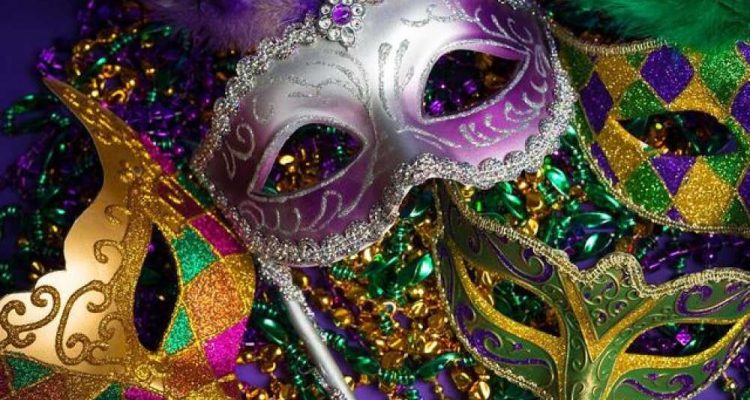Every culture has some famous last hurrah before the sober period of Lent begins on Ash Wednesday. Lent is a Christian observation that lasts for 40 days, until the night before Easter, which is also known as Holy Saturday. During this time, it is customary to personally give something up, such as sweets or promising to watch less Netflix. One is also supposed to abstain from eating meat on Fridays. Increased prayer is also encouraged, and to use this time as an opportunity to get closer to one’s spiritual life.
One of the more famous celebrations takes place in New Orleans, and is known to all as “Mardi Gras!” The word itself is French for “Fat Tuesday” (“mardi” for Tuesday and “gras” for fat). It marks an opportunity for Chrstians to indulge in sweets, fatty food, alcohol and meat before the 40 day period of fasting begins. In other countries “carnival” is the term for these pre-Lent festivities. That name comes from the Latin word for “carnelevarium,” which means “to remove meat.”
The history of Mardi Gras in the United States can be traced all the way back to the 17th century, when French explorers brought this tradition with them as they claimed land in the present day states of Louisiana, Mississippi and Alabama.
The first recorded Mardi Gras celebration took place in Mobile, Ala. in 1703, which continued until New Orleans took the lead in 1803.
Characteristics of this celebration were masked balls, dinners and parties in the streets. In modern New Orleans, (pre-COVID-19) we could find similar images of huge parades, with plastic beaded necklaces being thrown from floats by equally colorfully dressed individuals.
However, as with most aspects of life, Mardi Gras in 2021 was not possible. Last year, over a million tourists appeared for the festivities. As a result, New Orleans became a hotspot and was attributed to thousands of new cases in the U.S. Since then, protective measures had to be taken. This year the scene will be different, as tourists are discouraged from coming in. If some people did decide to travel, there was hardly anything to do. Restaurants and bars were closed. Law enforcement set up checkpoints throughout the city, making sure social guidelines were maintained. The economic consequences were also felt, especially since New Orleans relies heavily upon the tourism industry from this time of year.
Though the restrictions are tough, it hasn’t stopped some members of the community from celebrating in their own way. The new trend known as “Yardi Gras” has popped up, where home-owners decorate their houses in bright colors, signs and parade-esque decorations. A parade, of sorts, for those walking down the street. That is a small way for New Orleans residents to keep up a tradition from the early days of the city’s history. It speaks to their will and spirit, to keep the good times rolling, even if it’s from a distance.
Back in New England, here at Fairfield, Campus Ministry will also be having a special Lenten liturgical series. Follow this link to learn more if you’re interested: https://www.fairfield.edu/catholic-and-jesuit/campus-ministry/index.html


Leave a Reply